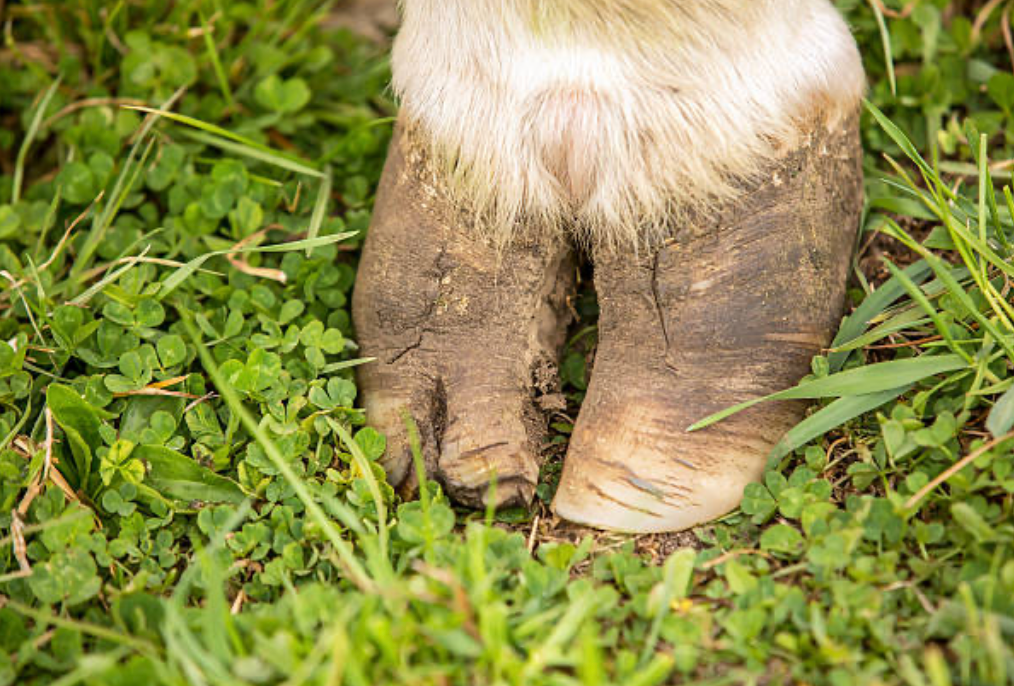Maintaining healthy hooves is essential for the overall well-being of your horse. Hoof problems can lead to significant discomfort, lameness, and even long-term health issues. Recognizing the signs of common hoof problems and knowing how to prevent them can help keep your horse happy and active. Here’s a user-friendly guide to hoof health.
Common Hoof Problems
Thrush
- Signs: Foul odor, black discharge, and tenderness in the frog area.
- Causes: Poor hoof hygiene, wet and dirty environments.
- Prevention: Keep the stall clean and dry, regularly pick and clean hooves, and ensure proper ventilation. Consider using the Trim-Tec Hoof Trimming Wheels to maintain clean and properly trimmed hooves, reducing the risk of thrush.
White Line Disease
- Signs: Crumbling of the hoof wall, separation at the white line, and lameness.
- Causes: Bacterial or fungal infection entering through cracks in the hoof wall.
- Prevention: Regular farrier visits, maintain hoof moisture balance, and promptly address any cracks or separations. Use the Trim-Tec Inserts/Blades to keep your trimming tools sharp and effective, ensuring clean cuts and reducing the chance of infections.
Laminitis
- Signs: Severe lameness, heat in the hoof, a strong digital pulse, and reluctance to move.
- Causes: Overeating grain, sudden changes in diet, obesity, and certain metabolic disorders.
- Prevention: Manage diet carefully, avoid overfeeding, ensure regular exercise, and monitor for early signs in at-risk horses. Regular use of hoof trimming wheels can help maintain proper hoof balance, reducing the risk of laminitis.
Abscesses
- Signs: Sudden lameness, heat in the hoof, and swelling in the lower leg.
- Causes: Bacteria entering through cracks or puncture wounds.
- Prevention: Regular hoof cleaning, prompt treatment of injuries, and maintaining clean living conditions. Utilize the Trim-Tec Hoof Tracker App to track and manage hoof care schedules, ensuring timely intervention to prevent abscesses.
Cracks
- Signs: Visible cracks in the hoof wall, which can be superficial or deep.
- Causes: Dry, brittle hooves, improper trimming, and excessive impact.
- Prevention: Regular farrier care, maintaining proper hoof moisture, and providing a balanced diet rich in biotin and other essential nutrients. Keep your trimming tools in top shape with Trim-Tec Inserts/Blades to ensure smooth, precise hoof trims that minimize the risk of cracks.
Preventative Measures
Regular Farrier Visits
Schedule regular hoof trimming and shoeing to maintain proper hoof balance and prevent overgrowth.
Proper Nutrition
Feed a balanced diet that includes essential nutrients such as biotin, zinc, and omega-3 fatty acids to support hoof health.
Clean Living Environment
Keep stalls clean and dry to reduce the risk of infections and thrush. Ensure proper drainage in outdoor areas.
Daily Hoof Care
Pick and clean your horse’s hooves daily to remove debris and check for signs of problems.
Exercise and Turnout
Provide regular exercise and turnout to promote healthy circulation in the hooves and overall well-being.
Monitoring and Early Intervention
Regularly inspect your horse’s hooves for any signs of common hoof problems. Early intervention can prevent minor issues from becoming serious.
Conclusion
Signs of common hoof problems are vital to recognize as part of horse care, requiring regular attention and maintenance. By understanding these signs and taking proactive steps to prevent them, you can ensure your horse remains healthy, comfortable, and ready to perform. Regular farrier care, proper nutrition, and a clean living environment are key components of a successful hoof health regimen. Stay vigilant and prioritize hoof care to keep your horse in top condition.

